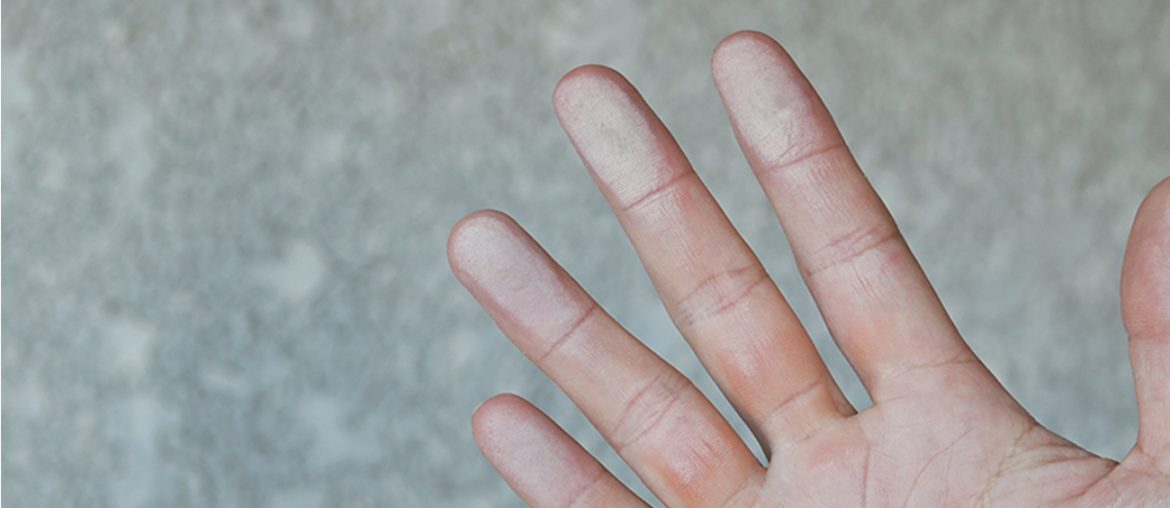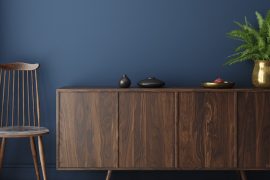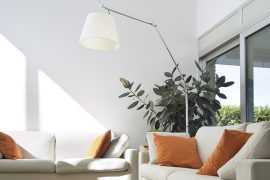Something’s happening to the walls of your home—when you touch it, your fingers get coated with a powdery residue. This is called chalking. Here we discuss what exactly it is, what causes it, what you can do about it, and if there are ways to prevent it.
What Is Chalking
You will notice chalking as powder on the surface of your paint. Run a hand on your wall and some of it will rub off on you.
So, what’s causing this? Paint consists of essentially three things—pigment, binder, and solvent. Over time—due to exposure to ultraviolet rays (a.k.a. sunlight) and moisture—the binder which is responsible for holding everything together, breaks down. It is this deterioration of the binder that loosens the pigment in the paint which is now rubbing off on your hand as a loose, chalky powder.
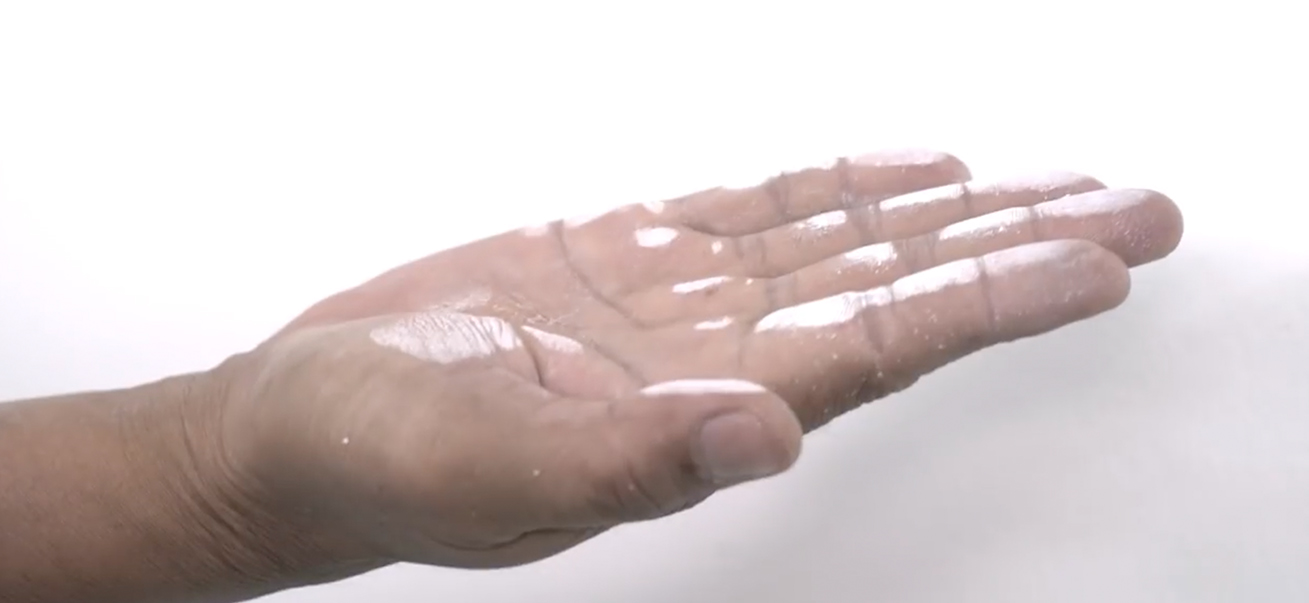
Causes of Chalking Paint
1. Old paint
Chalking is somewhat inevitable—it’s actually part of the natural aging of paint. With old paint, you are very likely to see chalking especially if it’s regularly exposed to sunlight and moisture. If there are no other issues with it, a product specifically to help with chalking, such as Boysen Chalk Blocker, and a fresh topcoat can easily bring your wall back to its old glory.
2. Low-quality paint
The rate of deterioration (or when you’re likely to see your paint chalk) partly depends on the type and quality of your paint. Some paints, for example, are more UV- and weather-resistant than others and will take years before they start to show signs of aging. Low-quality paints, which are often also less costly, are likely to chalk faster than premium ones.
3. Paint in harsh environments
If the area is also too corrosive, such as in coastal regions, early paint deterioration is more likely. Homes in such places are advised by Boysen experts to use paint that can withstand the harsh environment. Find our guide to painting homes in coastal regions here.
4. Interior paint exposed to excessive UV
You’re also likely to see chalking when you have interior paint that’s exposed to too much UV and moisture. This is why it’s important to always read packaging labels on paint cans and follow manufacturer recommendations. Applying interior paint on exteriors will be a waste of time, effort, and money down the line as you’ll soon see the paint film deteriorating faster than it should—likely more than just chalking too, but possibly fading and other paint problems as well.
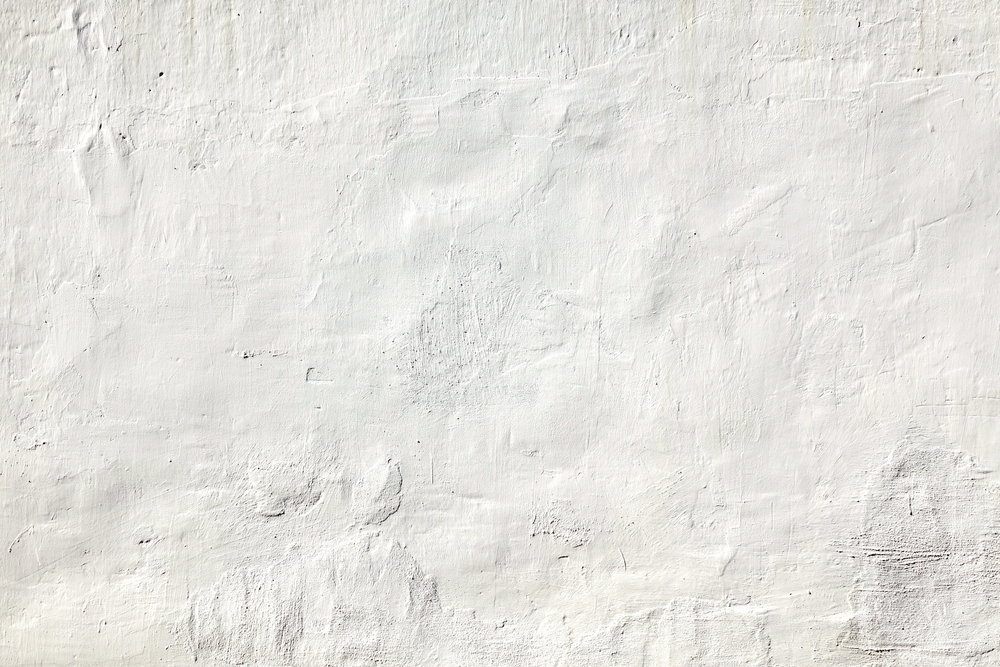
What to Do About Chalking Paint
A. If the chalking is because of aging paint
More often than not, old paint will chalk. If the chalking is not accompanied by other issues such as peeling or flaking, chalking old paint can be remedied with a repainting job. However, the entire surface will need to be free of all the chalky residue which can be difficult and troublesome to do. Here’s where Boysen Chalk Blocker comes in.
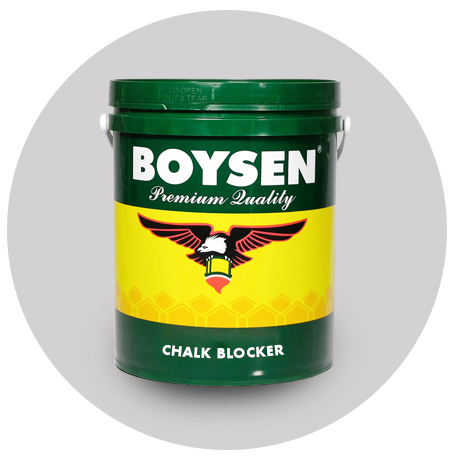
Boysen Chalk Blocker is used to prime previously painted concrete surfaces that are experiencing chalking. Boysen Chalk Blocker binds chalk residue to the substrate eliminating the need to completely remove all chalk residue on the wall.
Before applying Boysen Chalk Blocker, the chalking wall will need to be cleaned first. Do so with a damp rag or brush. It’s alright if some chalky residue gets left behind. When the surface is dry, apply Boysen Chalk Blocker. Wait 24 hours for the product to fully dry. The product also acts as a primer which means a water-based topcoat can already be applied after it.
B. If the chalking is severe or accompanied by other problems
If you’re seeing severe chalking or chalking accompanied by other paint problems, it’s likely your wall cannot be remedied easily or with Boysen Chalk Blocker alone. It could be that the product itself is not suited for the surface or area where it was applied, so even with Boysen Chalk Blocker, the paint will continue to deteriorate.
In situations where repainting cannot solve the issue, scraping off the paint and starting again with a bare substrate is usually the course of action. If you’re unsure of what to do or what type of paint product is best for your project, it’s best to first consult with a professional painter or contractor.
Boysen is here for you too. If you have questions or need advice on painting problems and Boysen products, our technical team is open for consultation. Feel free to send an email to ask@myboysen.com or call (02) 8363-9738 local 413 to 418. Good luck!

